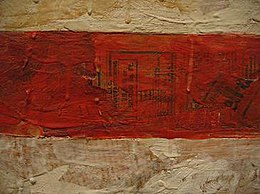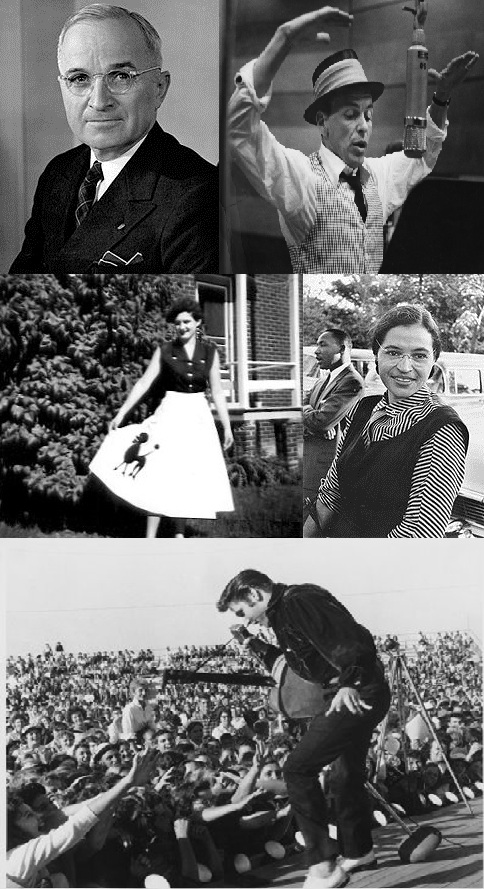Conclusion: 1950s American artists ''Rebel Artists''
Abstract Expressionism
In the years following the end of World War II, New York School Abstract Expressionism was at its prime in America. When in 1956, an automobile accident ended Jackson Pollock's life, who was considered to be the leader of the abstract expressionists known as ''rebel artists'', they continued to paint, exhibit frequently, and receive approving critical attention (not to mention increasing prices for their work), in retrospect it is apparent that by the mid-to-late 1950s, their aesthetic leadership, even though not their public popularity, was on the decrease. By that time, a new generation of artists was beginning to emerge, one that would seek its artistic identity outside the philosophical and stylistic principles of Abstract Expressionism. A dramatic upheaval in the art world marked by solo shows by Jasper John and Robert Raushenburg abd the 'sixsteen artists' exhibition at the Musuem of Modern Art (MOMA) in 1959-60, and that explain how1950s art was an ouverture (lead up) for 1960s pop art. But the Abstract Expressionists continued to play a role in the art world artistic awareness. Today, as well, nearly half a century after the Abstract Expressionists first rose to fame, they still capture the imagination of American artists, art historians, and the public. The Abstract Expressionists remain important not only for the art they created, but also for the manner in which they created it. (notes from my essay). thanksBy Meriem Eljazouli x

















